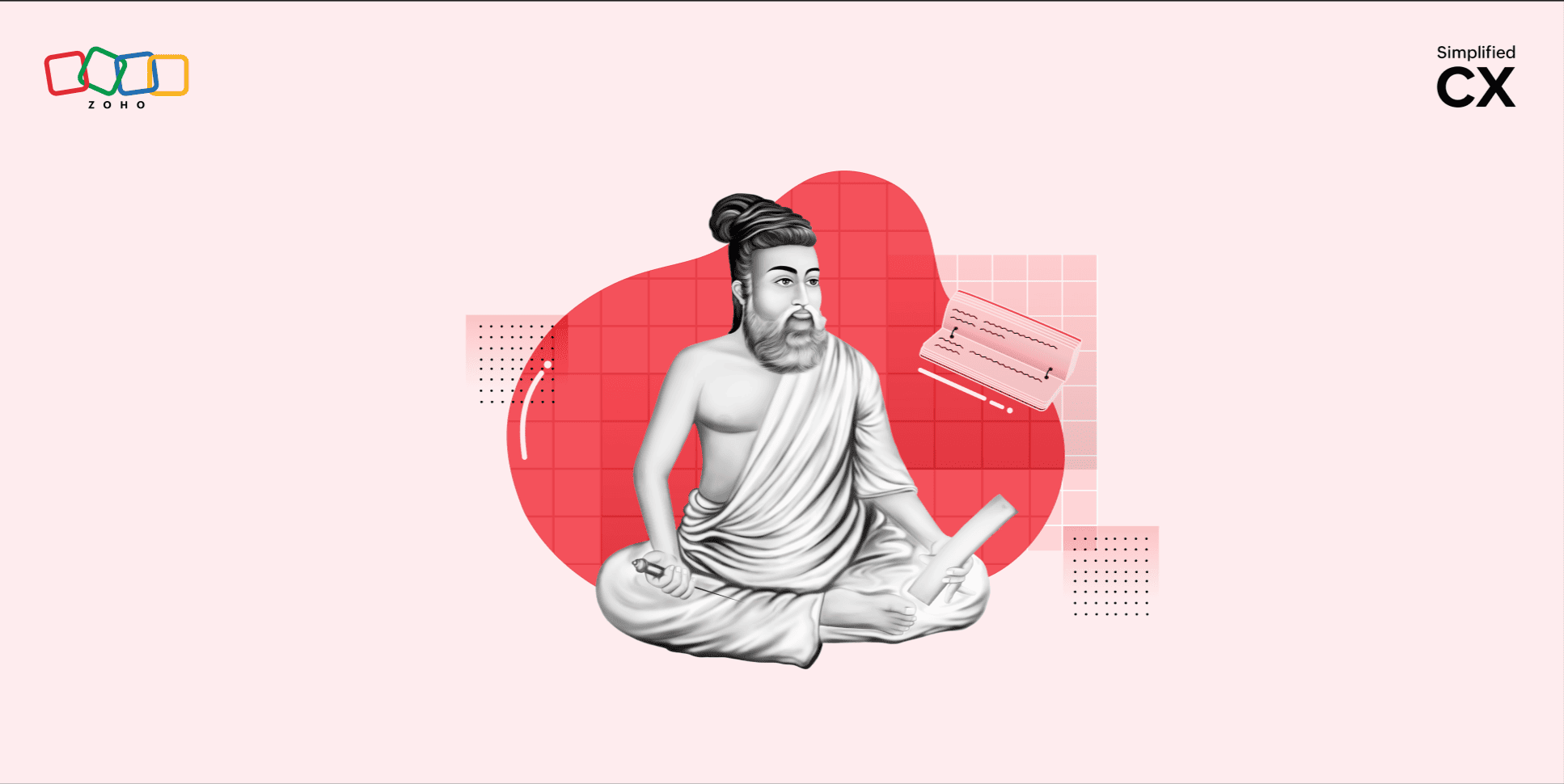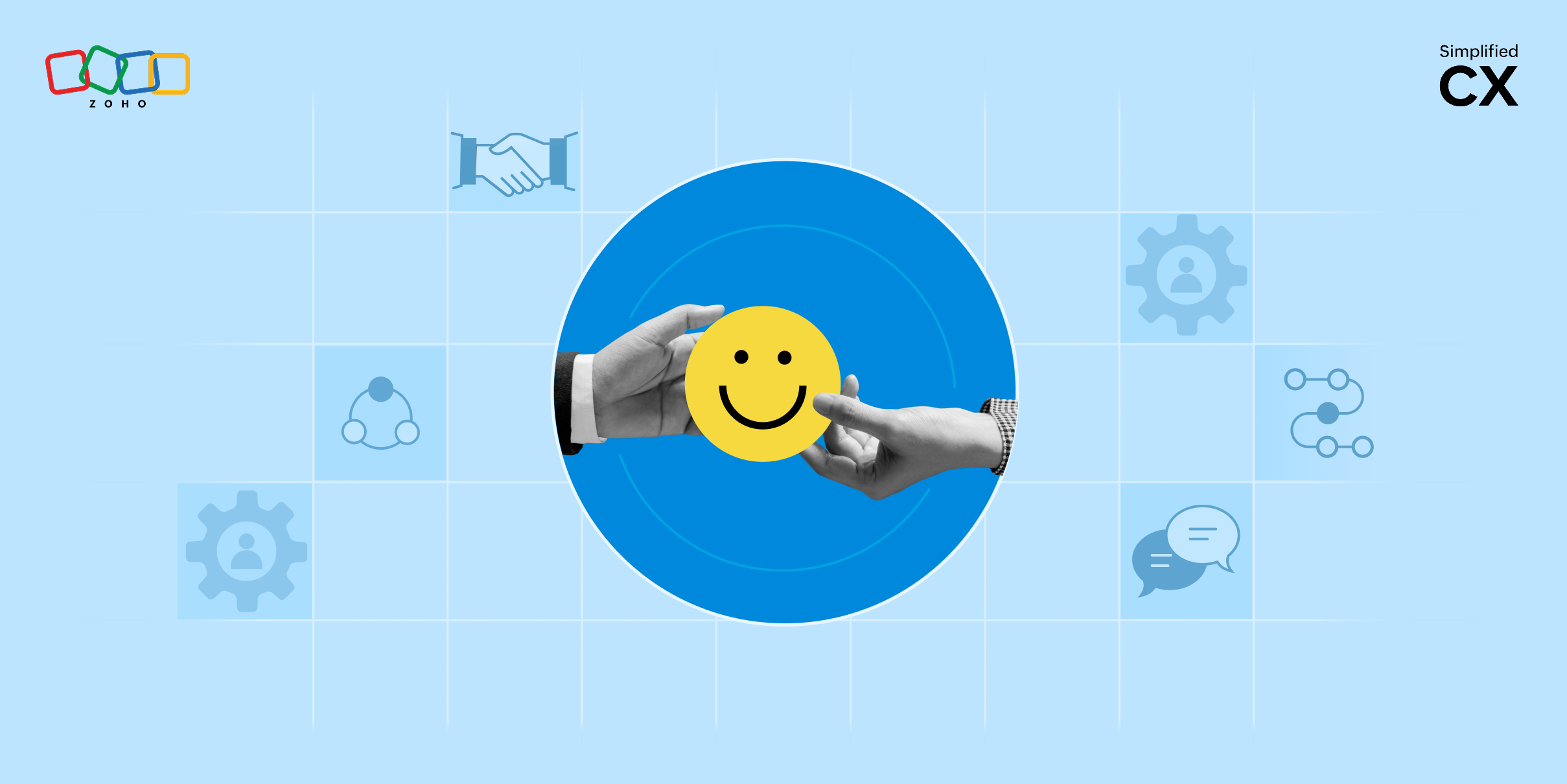Acquisition, retention and the virtuous cycle of business
- Last Updated : October 18, 2023
- 1.9K Views
- 3 Min Read

People rely on rising numbers to reflect the growth of business. So an increase in customers or sales translates into growth. This makes acquisition a significant factor for growth. However, customer acquisition is expensive. Savvy businesses offset this expense with effective retention efforts to register and sustain growth.
Customers are vital to business. Focusing on every customer experience is key. Don’t restrict it to times of churn, and instances of customer conflict or attrition alone. Good, middling, unfortunate, online or off it, customer experiences impact the future of your business. The real value of any business is the sum of its customers and their experiences.
The acquisition and retention story: what the data says.
89% of companies see customer experience as vital to driving customer loyalty and retention.
76% of companies see Customer Lifetime Value (CLV) as an important concept for their organization
Only 42% of companies can measure CLV accurately.
The probability of selling to an existing customer is 60–70%. The probability of selling to a new prospect is 5–20%.
Existing customers are 50% more likely to try new products. They also spend 31% more, compared to new customers.
Increasing customer retention rates by 5% increase profits by 25%–95%
70% of respondents agreed that it’s cheaper to retain than to acquire a customer.
A virtuous cycle is a self-sustaining system, designed for the long-term.
The virtuous cycle of business has customer acquisition and retention work in tandem.
Acquisition maintains momentum. It takes extensive media and marketing campaigns to bring in new customers. Not knowing who or where these customers are, makes this expensive. These new sales generate revenue, but they don’t guarantee additional revenue in the future. They do, however, keep the wheels turning. Without this constant flow of acquisitions to maintain momentum, business will begin to plateau.
Retention propels growth. Feedback and retention marketing campaigns connect with existing and active customers, and cost less. Knowing who and where these customers are makes it easier to connect and build loyalty. Loyal customers add value to your business with additional purchases and new customer referrals. Propelling growth with more viable numbers in the long term.
Marketing efforts depend on operational costs, the age of a business, and its market circumstances. A startup may focus on acquiring new customers. An established business may put equal effort into acquiring and retaining customers. Occasionally, in a crisis, a business could even downplay acquisition and focus on retention.
Businesses with vision are quick to see how acquisition and retention can enable ongoing growth.
Acquisition is revenue earned. New customers generate revenue and increase your customer base. However, above-the-line marketing efforts to increase acquisition are expensive. It also costs less to retain a customer than to acquire one. This means retention efforts can add better value to acquisition expenses and profits.
Retention is value gained. Active customers are familiar with your business, saving you valuable time and money every interaction. Their feedback is valuable and provides a fillip to your content marketing efforts. Customer retention depends on the quality of your process to build loyalty. Loyal customers go on to provide the best referrals because their experiences endorse your business.
Virtues of acquisition and retention in tandem:
Acquisition generates revenue to retain existing and active customers.
Active customers present better value with every additional purchase.
It costs less to retain existing customers than it does to acquire new ones.
Active customers provide insights to fine-tune marketing content and identify viable new prospects.
Retained customers become credible brand ambassadors and make referrals.
Feedback from retained customers streamlines customer onboarding.
A successful business engages with customers and understands their needs, so as to inspire repeat purchases. This will lead to new acquisitions at a fraction of the cost. That’s the virtuous cycle of business at work.


